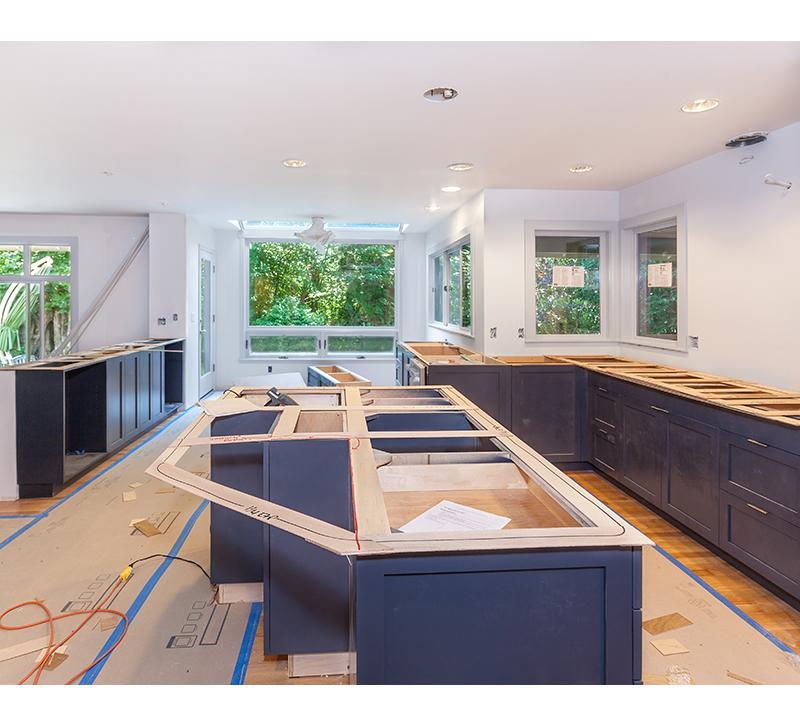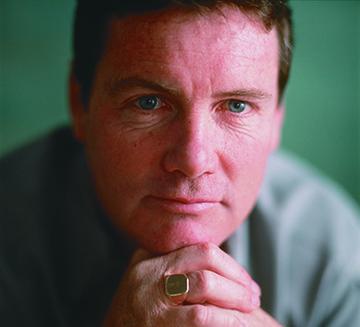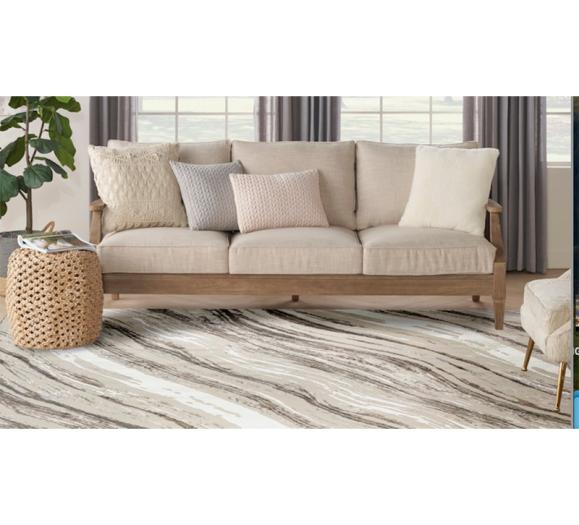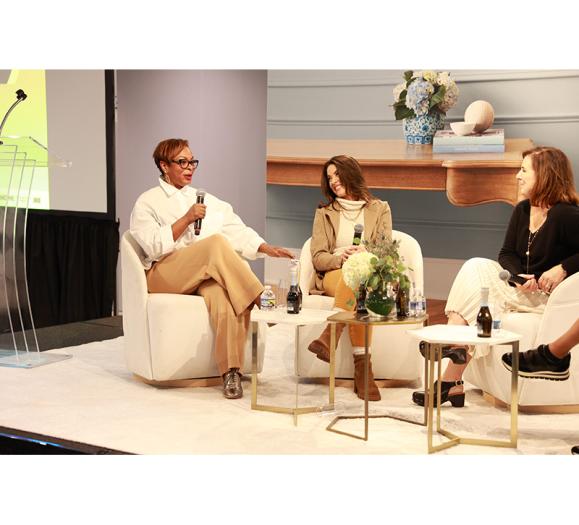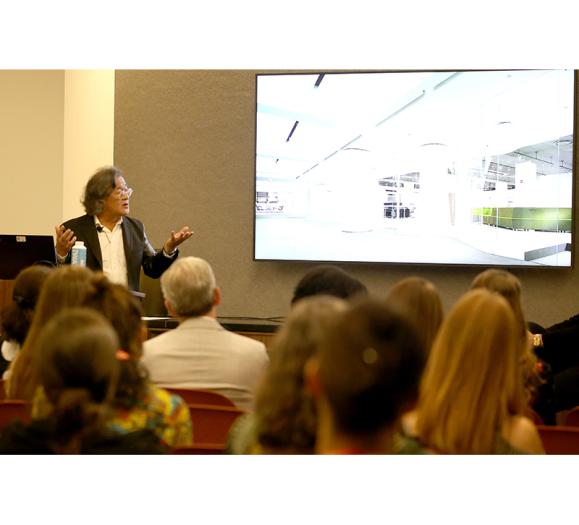I am writing about this topic not because we are past COVID but because most of us are so ready to think about and be past COVID. For all the reasons you know, remodeling has been a silver lining industry during this historic pandemic but what might 2021 look like and what is this post covid all about?
In June of 2020, my friend and thought leader accurately articulated that there were four pandemics, not one (COVID-19/elections/social unrest/economy). These were like a perfect storm that all came together to make 2020 an uncertain year. While most of our specific forecasts and predictions were wrong, we at least could visualize these four storms merged to create an environment like we have never seen before, albeit, mostly positive for remodeling.
While uncertainty does continue, with vaccinations moving forward, we have been able to begin thinking more about the future and not just getting through next week.
What should we focus on?
Consumer demand: Over the last year we have seen a tidal wave of consumer interest in remodeling. This is a product of many things — working from home, interest rates, home being a sanctuary and haven, no travel, more savings to spend. I am seeing now a second tidal wave out there that could be bigger than 2020. This is driven by all the folks that will be feeling safer having work done post vaccination. It is all of the homes where remodeling has put on hold because of the uncertainty. It is the people that can now feel more confident about their employment and their ability to pay for the project in the future. This second tidal wave should not only continue the momentum of the COVID tidal wave but should also push it well in to 2022 and beyond.
Managing backlog… Backlog is a blessing and a curse. I have asked audiences over the years, “How would you feel if you had a 6-to-12-month backlog?” and as you can expect, most smile and say it feels good. Then I ask, “How would Andersen Windows feel if they could not produce another window for 6 to 12 months?”As you can imagine, it would be a business disaster. Clients would move onto other products. They would lose market share. Salespeople would leave the company. And the marketing dollars would have been wasted.
One of your biggest priorities now as we move toward past COVID is to manage and control the backlog. If you can say to a prospect that your back log for a bathroom projects is five weeks vs 16 weeks, then you will differentiate yourself. You will increase your close rate. Your marketing dollars will be more effective. The tidal wave I spoke about will make backlog and speed as important as price and quality (consumers have been in jail and they want to get their project done now). Those that own the production schedules will be not only ahead, they will be more profitable.
Project shifts… If the pandemic would have been a three-to-four-month process as many of us predicted in March of 2020, then new thinking, processes and habits would not have been formed. Homeowners would have just gravitated back to the priorities that were there before COVID. Because this been so long-lasting, however, the memories are now scars that might not ever go away. Our priorities have changed. Our habits might not be able to reverse. And many now believe it's possible for a pandemic to happen again, and therefore we should prepare our homes for the next one. I believe we will see more importance — not less — put on the home. This will be a real cultural shift, not just a trend — for example, the way Europeans or Asians see their homes, which has been different than Americans. Outdoor living will be forever important. The healthy indoor environments with air exchanges and sanitation will be a priority. While people will appreciate open spaces, they also know that interior doors are attractive for segregating activities. The number of bathrooms per person will increase due to our concern over germs.
There will be many more things written about life after COVID, but the important thing is to think about it. Begin to spend time listening more. Begin to have more conversations with your team and your clients. Humans are resilient creatures, but we do need to adapt to survive and thrive.



